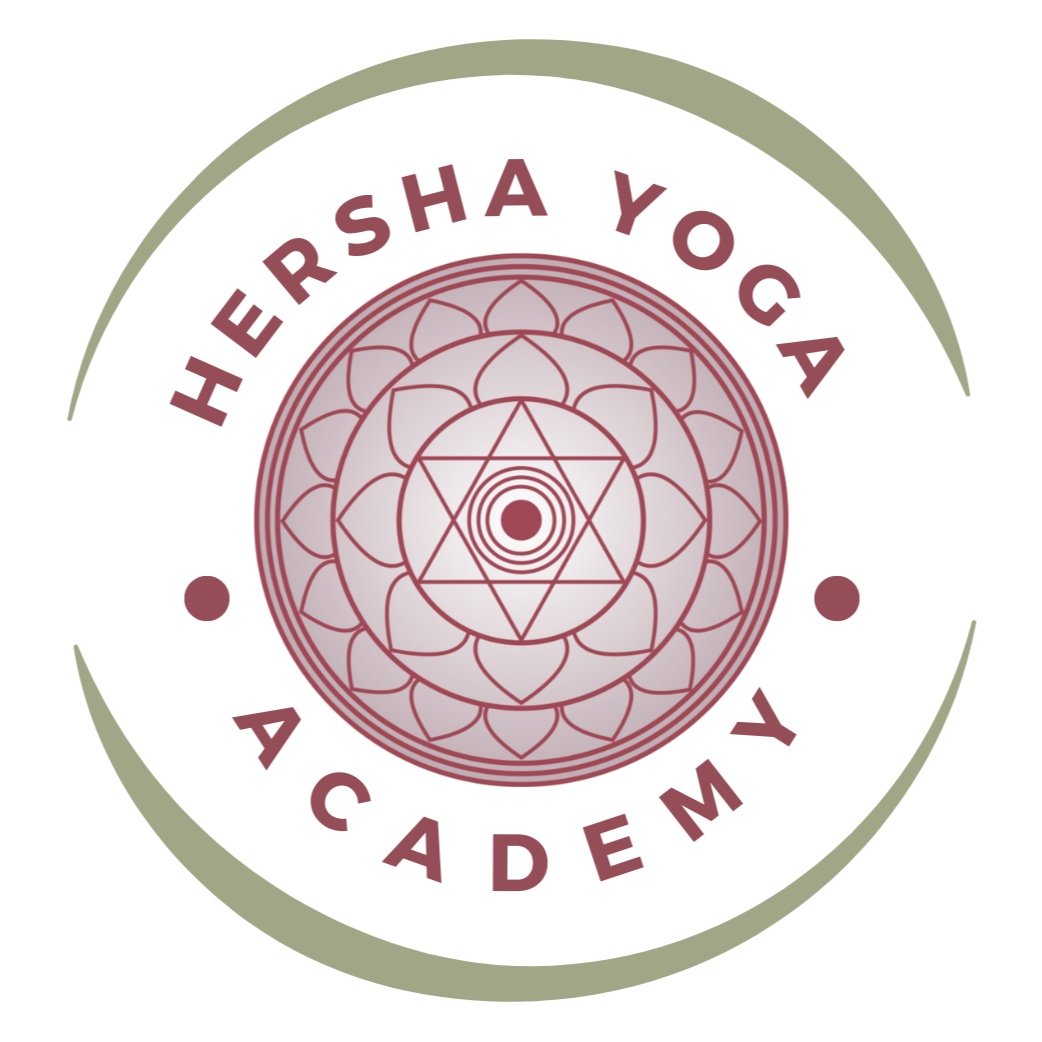CHOOSING A YOGA TEACHER TRAINING
Yoga teacher training programs are plentiful. It seems that everyone is interested in becoming a Yoga teacher, which is a wonderful thing, because the more Yogis there are in the world, the better the world will be. The world of Yoga is changing as more and more people are offering Yoga courses and training programs. You can get trained online, over a weekend, with or without a Guru or tradition. Yoga is a big business after all. Selecting the right teacher training program can be tricky as there are many things to consider. Here are some ideas to get you on the right track:
1.Yoga School & Style
If you are happily practicing a particular style or lineage of Yoga, then the simplest way is to get trained with that lineage. Traditional Yoga institutions are tested through time and offer the most authentic quality of education. Traditional schools are well recognized and accredited. Trainers go through a rigorous process to be authorized by a governing body in order to offer a training program. So you know the trainer will be a very experienced Yogi.
A non-tradition can be just as good. Non-traditions can go on to become new traditions and most are accredited. Yoga is constantly evolving. Research the school of Yoga and its style. If it’s something you’ve never heard of, speak to the teacher and ask difficult questions. If possible, take classes from the teacher or speak to other teachers trained in this tradition. Most training programs require you to have some basic knowledge in their tradition anyway. Whatever the tradition, make sure the trainer walks his talk. If a teacher knows his or her stuff, it is immediately apparent.
2.Curriculum
Checking out the curriculum beforehand is a great way to see if the Yoga Teacher Training suits your needs. A 200-hour teacher training program is the world standard for a basic yoga teacher training. Be wary of any fast-track training programs that promise to make you a yoga teacher in a few short days. Also, online learning is a great way to get a good foundation, but does not suffice for face time and learning how to teach real people in real circumstances. These programs are not accredited and not recommended. Most studios will not hire anyone who isn’t 200-hour certified.
Within the 200-hours, the majority should be on learning about the postures, modifying the postures and teaching them. Other very important elements of the teacher training is the study of the Yoga Sutras of Patanjali, different types of Yoga practices beyond physical postures, Anatomy & Physiology (conventional and Yogic), Yogic Diet & Lifestyle, Meditation, Pranayama and learning how to adapt to suit an individual with limitations. Most will emphasize a personal practice as key to becoming a good Yoga teacher.
3.Full-time or Part-time
YTTs can be full-time or part-time, residential or non-residential. The benefits of a full-time residential training is that you get a complete emersion in the practice of Yoga. Your mind is totally focused and you develop a good routine for meditation, pranayama and asana practice. You may even get some incredible experiences or clarity of mind as a result. However, it is intensive and you get a lot of information in a short amount of time. Processing the learnings and integrating back into regular life can be tough afterward.
Part-time trainings are slower and steadier. The material is easier to digest and you will have plenty of time to read and absorb the teachings. However, you need to have the discipline to keep up with the assignments and personal practice. Also, if you miss any of the sessions, you would need to find the extra time to make up the contact hours. If the part-time training is abroad, then travel back and forth must be considered into the budget (see below).
4.Budget
Most prices for the YTTs are for the course only. However some full-time trainings that are residential include room and board. Travel expenses are not included as part of the course price and must be considered.
The price for YTTs vary also. Courses offered in a city like Hong Kong or New York will also be very different from smaller towns. Some offered locally and in-house (especially from a non-profit or ashram) will be the cheapest (approx. HK$20,000 to HK$25000), others more expensive studios will be more expensive (ranging from HK$32,000 to HK$45,000).
Of course, you may get that amazing teacher who offers it for a total bargain, but of course costs still need to be covered, which will require you to pay for additional things as you go (e.g., books, field trips, equipment, etc.) They also add up, so keep your eye on the budget.
Whatever training you do choose, walk in with an open mind, ready to learn. You will get a valuable experience. Take what serves you and leave what doesn’t. Good luck!
